
All categories
Featured selections
Trade Assurance
Buyer Central
Help Center
Get the app
Become a supplier

(52651 products available)
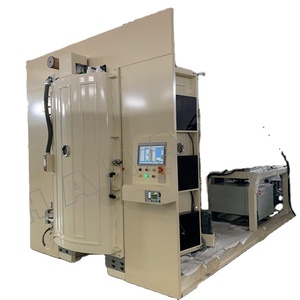
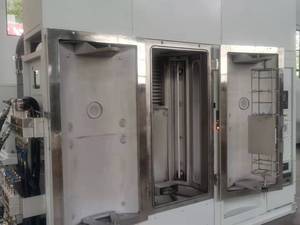

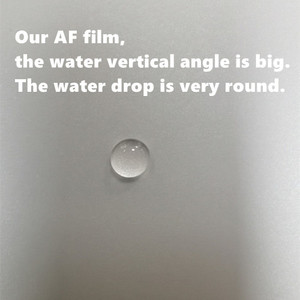

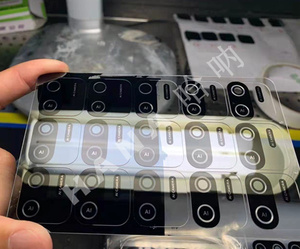


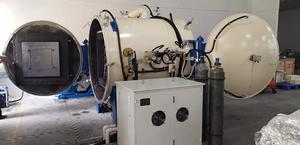
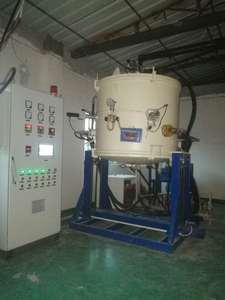
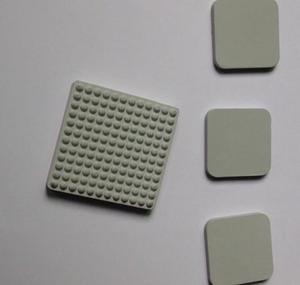
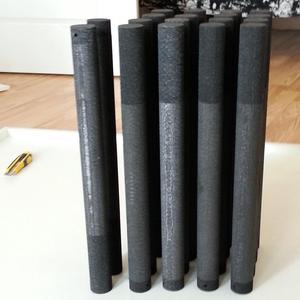

PVD is a vacuum deposition process that involves several types of machines for the deposition coat. The types of PVD machines are as follows:
Sputtering machine
A PVD sputtering machine uses a plasma-based procedure to deposit material layers. It employs a vacuum chamber where the target material is bombarded with ions, causing atoms to be ejected and travel to the substrate. Sputtering machines are widely utilized in the jewelry-making industry because they can effectively create thin surface coatings with high-quality adhesion and tailored designs.
Carbon sputtering machine
A carbon sputtering machine is a specific type of PVD machine that specializes in depositing carbon-based coatings onto various substrates. These coatings are often utilized to provide improved durability, wear resistance, reduced friction, and potentially other tailored properties to the covered materials.
Magnetron sputtering machine
A magnetron sputtering machine is a type of physical vapor deposition (PVD) machine commonly used to deposit thin film coatings on various substrates. It uses a magnetic field to control plasma discharge, which in turn influences the sputtering process. The sputtering process refers to the ejection of target material atoms due to the impact of high-energy ions generated from the plasma. These atoms then deposit themselves on the substrate, forming a thin film.
Multi-arc ion coater machine
An ion coating machine, also known as a PVD (Physical Vapor Deposition) ion coater, is a device used to deposit thin films onto substrates using the ion beam technique. Ion beam machining devices can change the shape of materials and coat substrates with thin films by using high-energy ion beams.
Size and weight:
PVD machines come in various sizes depending on their type. Some stand on the floor while others sit on a table. Their weights range from light (about 200 kg) to very heavy (up to 10,000 kg).
Vacuum system:
All PVD machines have a vacuum system that might use a pump, like a rotary vane pump or a roots pump, and can create ultra-high to mild vacuum levels. The quality of the vacuum produced is measured in torr or pa (pascals), with higher vacuums (lower numbers) being better for PVD coating.
Temperature control:
PVD machines regulate the temperature of items with built-in heating or cooling elements. The heating parts, such as resistive heaters, may enable heating up to 1,000 °C. Also, there are temperature measuring devices like thermal cameras or thermocouples that help monitor the temperature in real time during the coating procedure.
Material deposition methods:
Machines use different ways to deposit coating materials like titanium, zirconium, or aluminum. These methods include sputter targets, electron beam evaporation sources, or arc evaporation cathodes.
Control system:
A computer system or an external control unit is in charge of controlling the PVD machine. The system has a touchscreen or buttons for users to put in settings, monitor the device, and log data. The control system's parameters can include pressure (up to 10-6torr), temperature (up to 1000 °C), gas flow (up to 100 slm), voltage (up to 1000 V), and current (up to 1000 A).
Regular cleaning:
Clean the external surfaces and control panels of PVD coating devices on a consistent basis to remove dust and debris. To prevent damage, refrain from using abrasive materials or strong cleaners; instead, damp cloths should be used to wipe surfaces.
Vacuum system maintenance:
Maintain the vacuum system by doing pump oil replacement and filter cleaning or replacement. Regularly check for any vacuum leaks and seal issues and promptly address them as needed.
Electrical system and control maintenance:
Regularly inspect the electrical parts like circuits, terminals, and power cables. Ensure that power connections are secure and that there is no corrosion or looseness. Do the system firmware updates and backup operations for the control system on a regular basis.
Gas system maintenance:
Clean and inspect the gas delivery system that includes pipelines and valves. Ensure that there is no clogging or leakage and that there is smooth gas flow.
Component replacement:
If some critical components in the PVD machine, like heating elements, sensors, or vacuum valves, are found to be inexplicably damaged or malfunctioning, they should be replaced immediately. For optimal performance and dependability of the equipment, always use authorized replacement components.
The PVD machine demonstrates versatility across numerous industries due to many benefits offered by surface coatings. Below are some of the industries that utilize the PVD coating machine.
Choosing the right PVD coating machine can be a game-changer for a business's operational efficiency, product quality, and bottom line. Here are some key factors to consider when selecting a PVD machine:
Q1: What is the main difference between PVD and CVD coatings?
A1: The primary distinction between PVD and CVD (Chemical Vapor Deposition) is that the former relies on physical processes, while the latter is based on chemical reactions. Additionally, PVD coatings machines typically operate at lower temperatures than CVD.
Q2: Do people often CVD over PVD?
A2: Yes, some may prefer CVD coatings due to their specific benefits. CVD can produce coatings tailored to particular characteristics by utilizing chemical reactions. But PVD has its advantages, like lower processing temperatures and a broader selection of coating materials.
Q3: How durable are PVD coatings?
A3: PVD coatings are known for their excellent durability. They are resistant to scratches, corrosion, and wear, boasting a long lifespan under normal usage conditions.
Q4: Can just anyone buy a PVD coating machine?
A4: No, purchasing a PVD coating machine requires careful consideration of various factors, such as the purchaser's industry application, technical expertise, budget, and after-sales support needs. It's also necessary to evaluate and select suitable coating equipment and technology to ensure that it meets the specific requirements of the coating process.